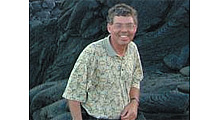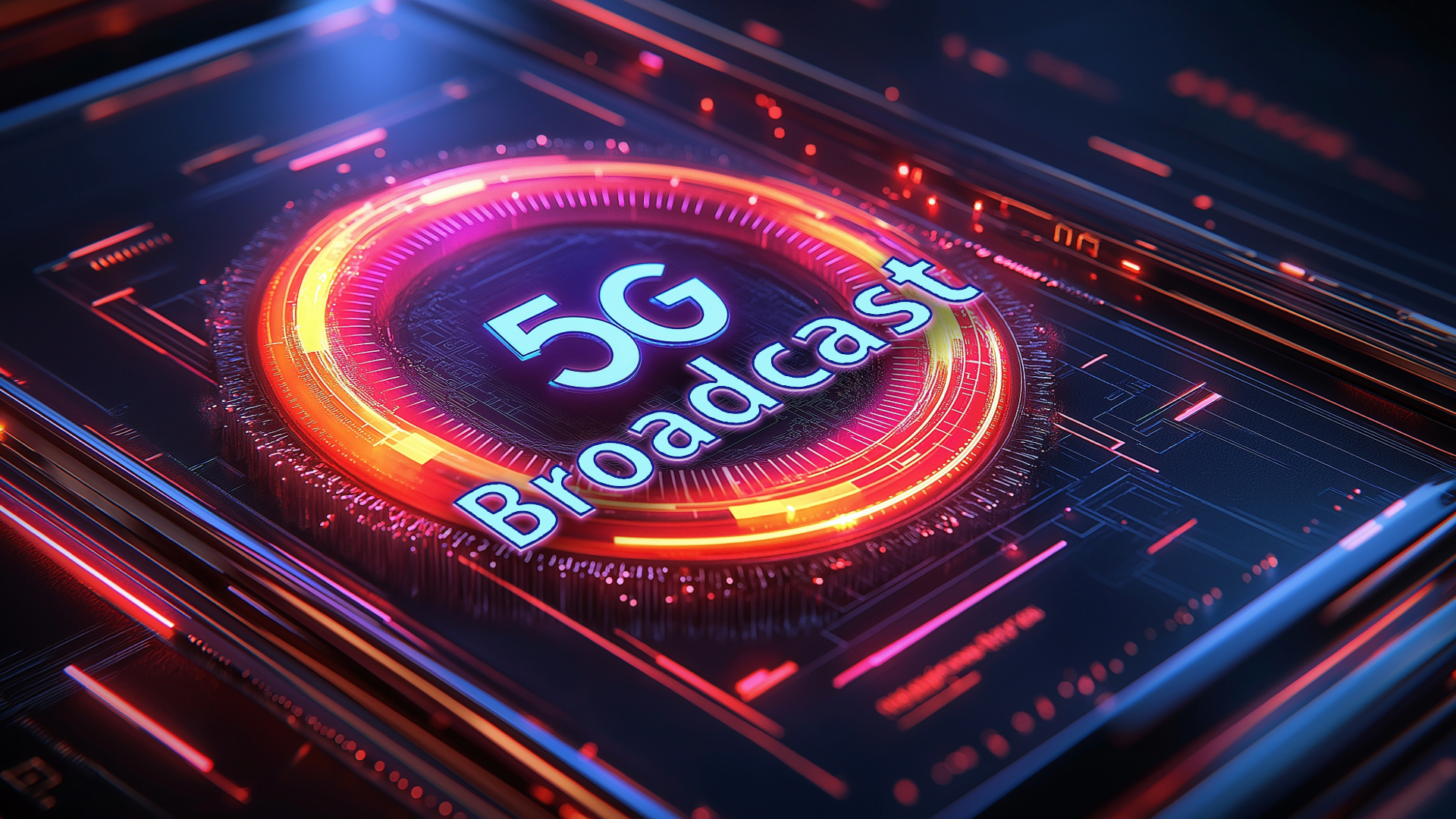ATSC Receives 3.0 Physical Layer Proposals

Doug Lung
Last week, the Advanced Television System Committee (ATSC) announced it had received 10 initial physical layer proposals for its ATSC 3.0 next-generation broadcasting standard.
The announcement didn't provide any details on what was in the proposals; we should learn more about that next month after proponents submit their detailed proposals. However, the names on the initial physical layer proposals provide some clues about what they might contain. At the risk of being totally wrong, I'll offer my guess on what some of the 10 proposal might contain.
A software-defined radio technology could be the basis of the proposal by Coherent Logix and Sinclair Broadcast Group. Coherent Logix has expertise in developing high performance, low-power computing systems. Their HyperX technology could form the basis for a software-defined radio platform able to handle a variety of different physical layer technologies, and perhaps provide a way to ease the transition from ATSC 1.0 to ATSC 3.0.
Coherent Logix's website says: “Coherent Logix's comprehensive solutions portfolio includes processors, integrated system development tools, optimized libraries, system reference designs, and a customizable system development platform to reduce development complexity and time-to-market. These solutions are designed to support a wide variety of industries, including automotive, broadcast, computer, consumer, industrial, medical, military, test and measurement, wireless, and wireline.”
It will be interesting to see what technology is used in their detail physical layer proposal.
Communications Research Centre (CRC Canada) and Electronics and Telecommunications Research Institute (ETRI-Korea) also responded to the call for proposals. Yiyan Wu from CRC and Jon Montalban have done some interesting work on Cloud Transmission Technology. This could provide a way to partially build out a next-generation broadcast system without the need to shut down current ATSC broadcasts, at least initially, as “cloud transmission” technology can operate with a negative carrier-to-noise ratio. (See the link above for details on how it would work.)
Could a more refined version of this be what CRC and ETRI are proposing?
The Digital Video Broadcasting Project (DVB) submitted a proposal that I would expect would be based on the latest DVB-T2 and DVB-NGH technology, which I've covered in some detail in my TV Technology articles.
Looking at the names on the next proposal--LG Electronics, Zenith and Harris Broadcast—I’d expect that proposal would be based on the current 8-VSB standard, perhaps updated with improved error correction and some tweaks to the modulation techniques. I could be wrong, though and they may have something completely new. Given their combined expertise it will be interesting to see what's in their detailed proposal.
Allen Limberg submitted a proposal. I know he was actively involved in the development of the ATSC standard but given his expertise his proposal could be something exciting and unique.
A variation on the Chinese CMMB or DTMB is likely in the proposal from the National Engineering Research Center of Digital Television (NERC-DTV), Shanghai Jiao Tong University (SJTU), Shanghai Advance Research Institute (SARI), Bell Labs/Alcatel-Lucent.
CMMB is a COFDM-based standard and DTMB includes a single carrier mode that perhaps could be modified to support the current ATSC standard in a transition scenario. Compared to DVB, I've only been able to find limited technical data and test results on CMMB technology, particularly the “next generation” version of the standard, but what I've seen looks interesting.
I drew a complete blank trying to find information on Power Broadcasting, another of the entities submitting a proposal to ATSC. Unfortunately the name is so common that Google failed me even with qualifiers.
I would be surprised if the proposal from Qualcomm and Ericsson was built on anything but an LTE-compatible COFDM platform, but both have expertise in other technologies, including Qualcomm's FLO system. There are a number of issues with using LTE in a single stick or sparse cellular network, but these two companies are probably the only ones with the technical expertise and the political clout in wireless standards committees to be able to get the necessary changes implemented. Both companies would be powerful partners in getting ATSC 3.0 capability into smartphones and tablets.
Samsung and Sony also submitted a proposal. This is an interesting combination of players. Samsung, as you may recall, had its own mobile DTV technology and contributed to the current ATSC A/153 standard. Sony has a wide range of experience with DVB-T2 and makes one of the most popular chipsets for DVB-T2 receivers.
The last proposal on the ATSC list was from Technicolor. I'm not sure what they will be offering in their detailed proposal. We'll have to wait and see.
It is very encouraging to see so many participants in the ATSC process. It's a good indication that broadcasting has a future and these important companies want to be part of it.
Get the TV Tech Newsletter
The professional video industry's #1 source for news, trends and product and tech information. Sign up below.

Doug Lung is one of America's foremost authorities on broadcast RF technology. As vice president of Broadcast Technology for NBCUniversal Local, H. Douglas Lung leads NBC and Telemundo-owned stations’ RF and transmission affairs, including microwave, radars, satellite uplinks, and FCC technical filings. Beginning his career in 1976 at KSCI in Los Angeles, Lung has nearly 50 years of experience in broadcast television engineering. Beginning in 1985, he led the engineering department for what was to become the Telemundo network and station group, assisting in the design, construction and installation of the company’s broadcast and cable facilities. Other projects include work on the launch of Hawaii’s first UHF TV station, the rollout and testing of the ATSC mobile-handheld standard, and software development related to the incentive auction TV spectrum repack. A longtime columnist for TV Technology, Doug is also a regular contributor to IEEE Broadcast Technology. He is the recipient of the 2023 NAB Television Engineering Award. He also received a Tech Leadership Award from TV Tech publisher Future plc in 2021 and is a member of the IEEE Broadcast Technology Society and the Society of Broadcast Engineers.
